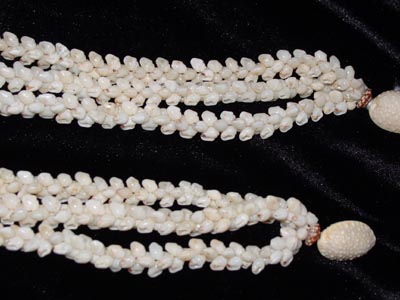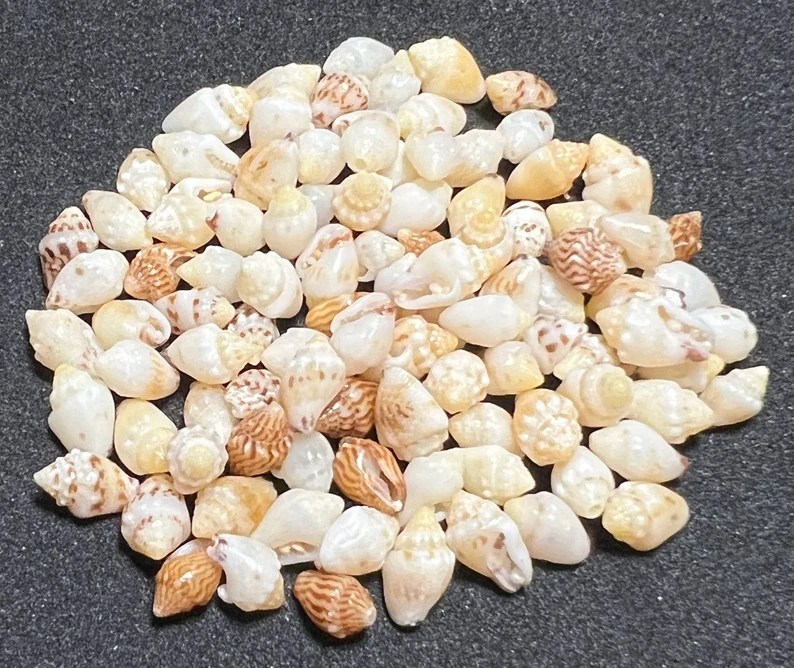May Day has been a traditional day of festivities throughout the centuries.
May Day is most associated with towns and villages celebrating springtime fertility and revelry with village fetes and community gatherings.
The earliest May Day celebrations appeared in pre-Christian times, with the festival of Flora, the Roman goddess of flowers and the Walpurgis Night celebrations of the Germanic countries. It is also associated with the Gaelic Beltane.
Many pagan celebrations were abandoned or Christianized during the process of conversion in Europe.
The day was a traditional summer holiday in many pre-Christian European pagan cultures.
Fading in popularity since the late 20th-century is the giving of “May baskets,” small baskets of sweets and/or flowers, usually left anonymously on neighbors’ doorsteps.
A more secular version of May Day continues to be observed in Europe and America. Here, May Day may be best known for its tradition of dancing the maypole dance and crowning of the Queen of the May.
May Day is Lei Day in Hawai‘i.
The first Lei Day was in 1927 and celebrated in downtown Honolulu with a few people wearing lei.
From that it grew and more and more people began to wear lei on May 1.
The lei known the world over, is a symbol of aloha. Great care is taken into the gathering of the materials to make a lei. After the materials are gathered, they are prepared and then fashioned into a lei. As this is done, the mana (or spirit) of the creator of the lei is sewn or woven into it.
In 2001, Senator Akaka, during a May 1 address, said, ” ‘May Day is Lei Day’ in Hawaii. Lei Day is a nonpolitical and nonpartisan celebration. Indeed, its sole purpose is to engage in random acts of kindness and sharing, and to celebrate the Aloha spirit, that intangible, but palpable, essence which is best exemplified by the hospitality and inclusiveness exhibited by the Native Hawaiians – Hawaii’s indigenous peoples – to all people of goodwill.”
When you give a lei you are giving a part of you. Likewise, as you receive a lei you are receiving a part of the creator of the lei.
“A lei is not just flowers strung on a thread. A lei is a tangible representation of aloha in which symbols of that aloha are carefully sewn or woven together to create a gift.
This gift tells a story of the relationship between the giver and the recipient. Many things can make up a lei. One can string flowers, seeds, shells, or berries into a lei.
One can weave vines and leaves into a lei. One can weave words into a poem or song, which is then a lei. The ultimate expression of a lei is kamalei – the child which represents the intertwining of aloha between the parents.”
The lei of the eight major Hawaiian Islands become the theme for Hawai‘i May Day pageants and a lei queen chosen with a princess representing each of the islands, wearing lei fashioned with the island’s flower and color.
Hawai‘i – Color: ‘Ula‘ula (red) – Flower: ‘Ōhi‘a Lehua
Maui – Color: ‘Ākala (pink) – Flower: Lokelani
Kaho‘olawe -Color: Hinahina (silvery gray) – Flower: Hinahina
Lāna‘i – Color: ‘Alani (orange) – Flower: Kauna‘oa
Moloka‘i – Color: ‘Ōma‘oma‘o (green) -Flower: Kukui
O‘ahu – Color: Pala luhiehu (golden yellow) or melemele (yellow) Flower: ‘Ilima
Kaua‘i – Color: Poni (purple) – Flower: Mokihana
Ni‘ihau – Color: Ke‘oke‘o (white) – Flower: Pūpū (shell)
The video plays May Day is Lei Day in Hawai‘i with scenes from across the state.







































